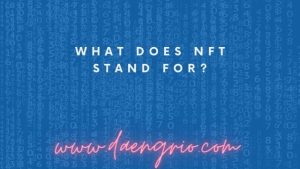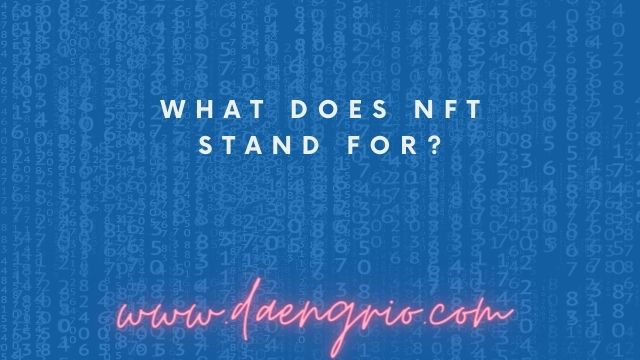You’ve probably heard of Non-Fungible Tokens if you’re an artist, entrepreneur, or consumer (NFT). These cryptographic tokens are a digital representation of a non-fungible physical asset. They are one-of-a-kind and cannot be duplicated. They are available for purchase through NFT marketplaces. These tokens have a public address that can be used to verify their legitimacy. To represent original works of digital art, Non-Fungible Tokens can be created. A digital copy of a Wiley painting, for example, can be sold as an NFT. The painting can be sold to multiple buyers, increasing the work’s value.

NFTs are also used to represent event tickets. Several major corporations have launched NFT initiatives. In 2021, for example, the LuckyMe record label launched its own music art program. This means that musicians like Grimes can profit from each sale. They can also sell their work under conditional contracts, which allow them to earn additional money based on future increases in the value of their NFTs.
Non-Fungible Tokens have existed since the late 1990s. Kevin McCoy created the first NFT and minted it on Namecoin. Millions of dollars were paid for the first NFT.
NFTs, unlike fungible items, cannot be damaged or stolen. If an NFT is misplaced, it is worthless. This means that the NFT’s value is determined by the item’s objective value rather than the owner’s subjective value. Limited-edition sneakers, collectible cars, and baseball cards are all examples of subjective value.
Non-fungible tokens are gaining traction in Silicon Valley and the art world. Some real-life cultural events, such as Christie’s sale of an artwork, have been transformed into NFTs.
While most NFTs are modeled after trading cards, they are not always exact replicas. Original works of art, music, and other digital assets can also be represented by NFTs. The value of NFTs can rise or fall depending on the volume of trade. They can also be sold on NFT exchanges. Some NFT marketplaces accept only cryptocurrency, whereas others accept traditional payment methods.
The distinction between usage rights and ownership rights is frequently misunderstood. People mistakenly believe that by purchasing an NFT, they are purchasing the right to use the IP, but this is not the case. The content creator’s public key is a permanent part of the token’s history, which contributes to its market value. The value of an NFT, on the other hand, is determined by the creator’s intention. If the asset’s creator decides to sell it, the token can be sold peer-to-peer or through an NFT marketplace. This means that the NFT is not tied to any particular platform.
There is a lot of variety in the NFT market. Some creators, such as the Bored Ape Yacht Club, turn their NFT projects into vibrant communities. These collectors have a say in the project’s future and have access to a members-only discord.
The growing presence of Non-Fungible Tokens in the art world reflects the broader art world’s openness to technology. Some artists, such as Logan Paul, have sold limited edition prints of their digital Pokemon cards, while others have created digital versions of their works.
